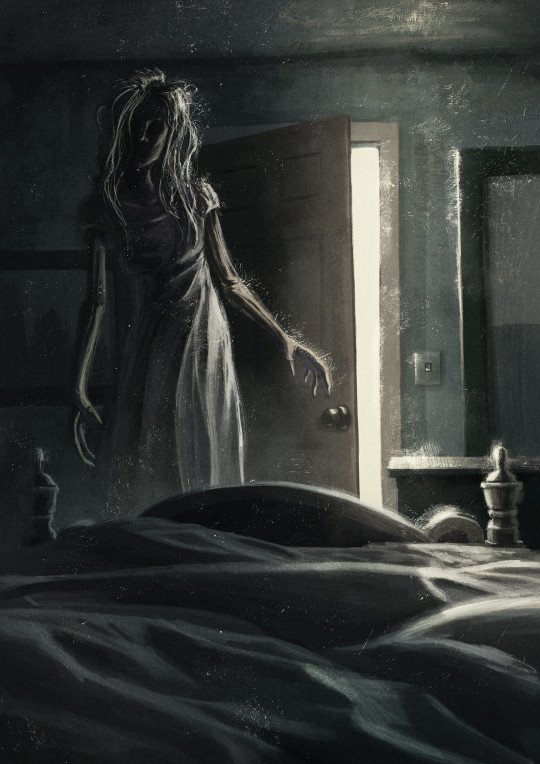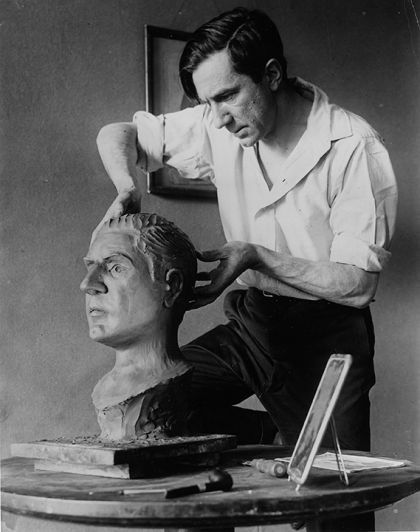Photo




Mega Star Douglas Fairbanks Sr. as Coke Ennyday in the incredible The Mystery of the Leaping Fish (1916)
Shocking to see what they got away with in the 1910s. Cool!
221 notes
·
View notes
Photo

Bao Shaoyou (1892-1985)
Plantain and Spider under Moonlight
446 notes
·
View notes
Photo

Wow! Thank you @wicked_eye_candy_art for introducing me to Boonlue Yangsauy (I’ve seen different spellings of this artist name online, so if anyone knows what’s correct, please tell me)! I’ll be exploring this artist in depth! 💜
https://www.instagram.com/p/CMmcRf8jevc/?igshid=1r3lp87txyopw
38 notes
·
View notes
Photo

Pazuzu.
In Assyrian and Babylonian mythology, PAZUZU (sometimes Fazuzu or Pazuza) was the king of the demons of the wind, brother of Humbaba and son of the god Hanbi. He also represented the southwestern wind, the bearer of storms and drought.
Concerning Pazuzu’s name itself, Dutch assyriologist Franciscus A. M. Wiggermann offers two possible solutions. The first, Neo-Assyrian PN Pa-zu-zu, occurs once in a text from Tall Halaf, and is explained as deriving either from Aramaic pezôzā, “made of fine gold,” or from Aramaic PZZ, “to be impetuous, agile.” The latter of this class of derivations fits Pazuzu’s character exceptionally well. Whether the Neo-Assyrian names Ba-su-su and Ba-zu-zu reflect the same meaning for the same entity cannot be known.
The second potential solution is a bit more tenuous. Pasusu would be derived from PSS, an unattested secondary variant of PSH, known in Babylonian from the word pessû — “halt” or “dwarf.” This would place Pasusu in the class of apotropaic dwarfs attested both in Mesopotamian and Egyptian religion and iconography. In fact, on one well-made Lamaštu amulet, Pazuzu has remarkably short legs, and in an inscription calls Himself ú-GU-u, or “cripple.”
Wiggermann tells us that Pazuzu’s name is not attested before the Iron Age (1200 – 550 BCE), though “the bilingual [Sumero-Akkadian] incantations can be taken to point to an earlier date, as well as perhaps His appearance in an alamdimmû omen.”
As for specific, reasonable dates and alternative sources, the German assyriologist Nils P. Heeßel tells us that “the earliest securely datable Pazuzu representations stem from the royal tombs in Kalhu (Nimrud), which can be dated to the end of the 8th century BCE, while the earliest reference to Pazuzu in texts is found in a letter dated to around 670 BCE.” (2011)
Pazuzu is known from over 170 iconographic representations stemming from the Tigris-Euphrates river system and beyond during the 1st millennium BCE, from the Late Babylonian and Neo-Assyrian (circa 1000 – 609 BCE) and Neo-Babylonian (circa 626 – 539 BCE) periods.
131 notes
·
View notes
Photo





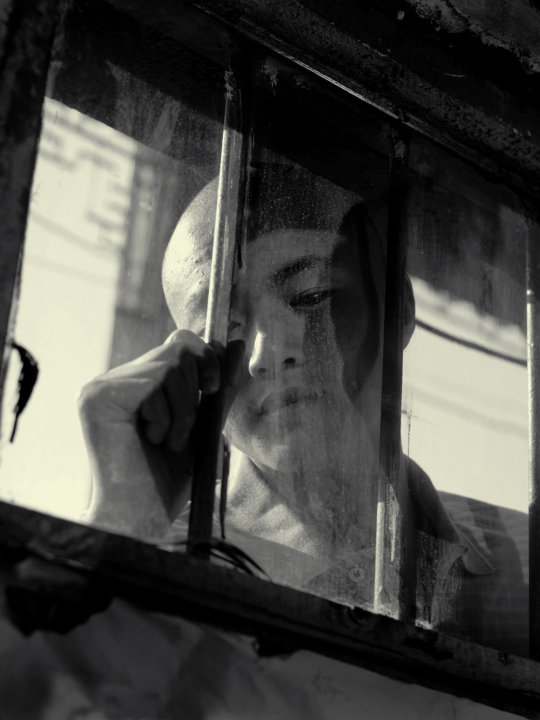
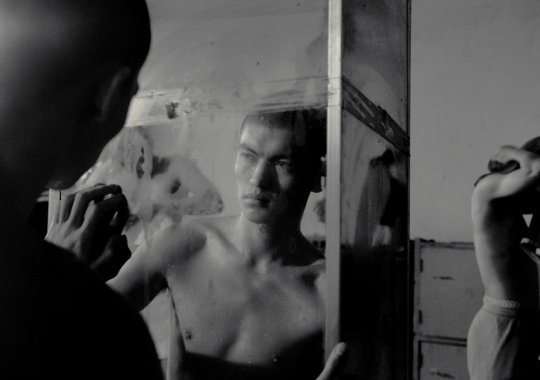
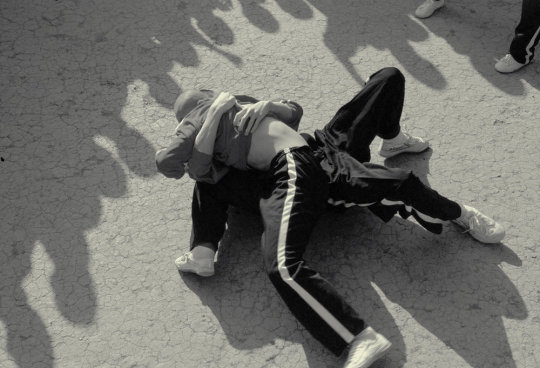
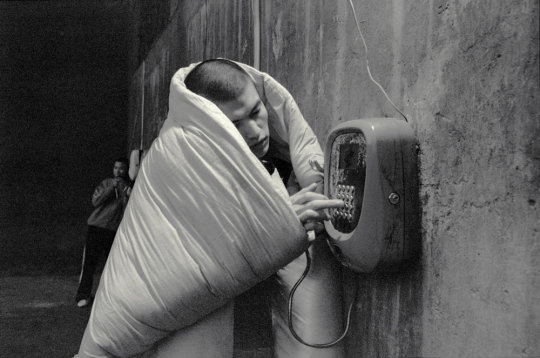

“Temptation” Series by Hong Kong photographer and film drector Wing Shya 夏永康
“Temptation” is a body of work that features brotherhood staged in China. The series of images were captured in the Shaolin Monastery of Henan, China, and later on exhibited in Mori Art Museum of Tokyo in 2006. The Shaolin Monastery has been quite a mysterious place to a lot of people, especially with the inhabitant who are the monks-to-be. With this project, it was the intention to reveal a facet of their livelihood and brotherhood to the audience.
276 notes
·
View notes
Photo







Sutter Cane Book Covers from John Carpenter’s In The Mouth of Madness
1K notes
·
View notes
Photo

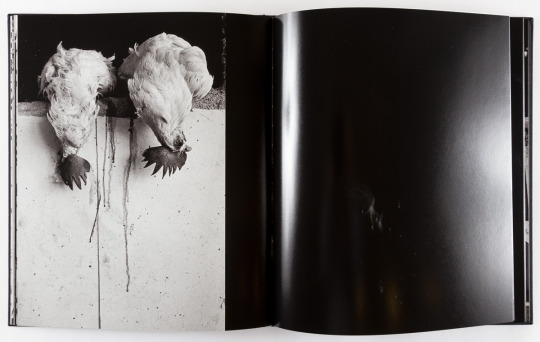
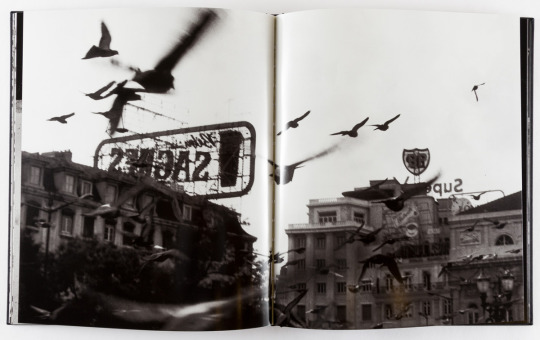
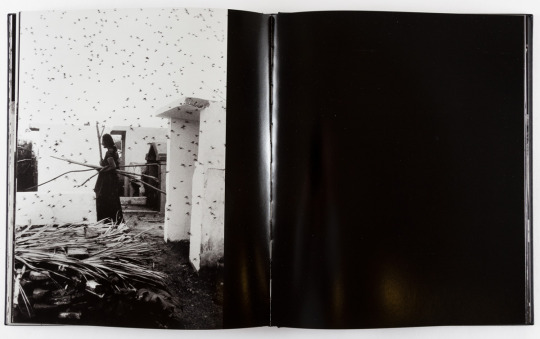


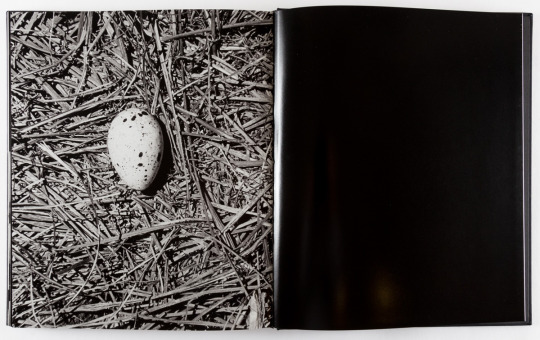
Graciela Iturbide - Pajaros
“Birds have long been used as a metaphor for messengers of the spirit, an association that comes naturally for a creature that exists so comfortably between earth and the heavens. Under the gaze of one of Mexico’s greatest photographers, they take on an added mystery that is enhanced by constant reminders of their frailty. Iturbide’s magnificent work is solidly rooted in the world which surrounds us, yet is tinged by the fantastical spirituality of a Latin American vision.” [Twin Palms Publishers]
3K notes
·
View notes
Photo

“Rhazes (c.860-930), Islamic Persian scholar, physician and alchemist, with an assistant, in his chemistry laboratory in Baghdad (now in Iraq). Rhazes is a Latinized form. His full Arabic name is Abu-Bakr Muhammad Ibn Zakariyya Al-Razi. Rhazes became the chief physician of the largest hospital in Baghdad. He was the first doctor to differentiate clearly between the two infectious diseases variola (smallpox) and morbilli (measles). Rhazes also prepared what is now called plaster-of-Paris, a preparation of calcium sulphate which he used to form casts to hold broken bones in place. Engraving from the 1883 edition of Vies des Savants Illustres.”
128 notes
·
View notes
Text
V.I.T.R.I.O.L.
V.I.T.R.I.O.L (Masonic/Alchemical Motto)
In chemistry, vitriol is iron or copper sulfate salts and their derivative, sulfuric acid. The name comes from the Latin for “glassy,” after the resemblance of iron sulfate to shards of green glass. Vitriol is symbolized alchemically as the “green lion,” a poisonous substance that appears when metal is degraded by acid. Sulfuric acid, or oil of vitriol, was used in the synthesis of the lapis philosophorum- the Philosopher’s Stone. One unique property of sulfuric acid is the dissolution of metals- all except for gold, on which it has no effect.
The alchemical motto for vitriol is “Visita Interiora Terrae Rectificando Invenies Occultum Lapidem,” “Visit the interior of the earth and rectifying (purifying) you will find the hidden stone.” The motto originated in L’Azoth des Philosophes by the 15th Century alchemist Basilius Valentinus.
In Freemasonry, the motto is a common component of the symbolic “Chamber of reflection,” where a Mason contemplates and reflects on the nature of death. In both Freemasonry and Alchemy, the motto refers to a process of internal, spiritual purification.
173 notes
·
View notes
Photo
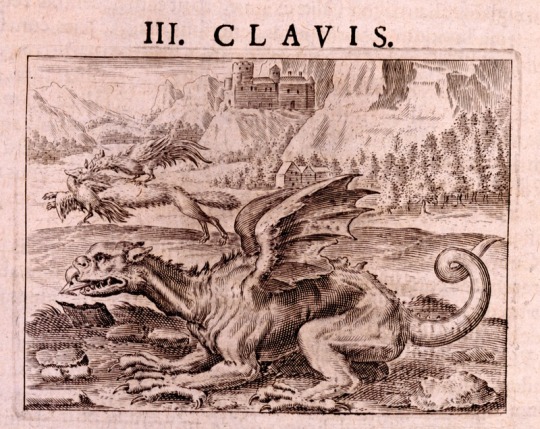

Image 1: “The fox in Basil Valentine’s Third Key represents aqua regia, Musaeum Hermeticum, 1678.”
Image 2: “Freshly prepared aqua regia to remove metal salt deposits.”
Aqua regia was first mentioned in the works of Islamic alchemists such as Muhammad ibn Zakariya al-Razi (854-925),[8] and then later mentioned in a work of Pseudo-Geber (ca. 1300).[9] The third of Basil Valentine’s keys (ca. 1600) shows a dragon in the foreground and a fox eating a rooster in the background. The rooster symbolizes gold (from its association with sunrise and the sun’s association with gold), and the fox represents aqua regia. The repetitive dissolving, heating, and redissolving (the rooster eating the fox eating the rooster) leads to the buildup of chlorine gas in the flask. The gold then crystallizes in the form of gold(III) chloride, whose red crystals were known as dragon’s blood. The reaction was not reported again in the chemical literature until 1890. - Wikipedia
76 notes
·
View notes
Photo










The controversial Chinese photographer REN HANG, who committed suicide in 2017 at the age of 29, is famous above all for photographs with naked bodies in sometimes almost pornographic attitudes, flanked by animals and fruit.
In China, where public nudity and pornography have been banned since 1949, Hang has been arrested several times for the excessively explicit content of his images, which have also been censored. Abroad, however, he was appreciated and considered one of the most interesting contemporary Chinese photographers. Hang used to portray friends and fans, in careful and careful compositions that he usually made in his studio. Born in 1987 in Jilin, a city in northeastern China, he started photographing in 2008 while studying marketing. Hang also wrote poetry, and in many of him he spoke of the depression he had to deal with on a cyclical basis. He has published seven photographic books, including Ren Hang, Nude, Republic and Son And Bitch, as well as a recent volume that Taschen dedicated to him, edited by Dian Hanson.
PS. For obvious reasons I have excluded the most explicit and extreme photos here
9 notes
·
View notes
Photo

SPK at Manchester Polytechnic, 1984.
Photo by Clive Graham
161 notes
·
View notes
Photo

Artwork from Sopor Aeternus & The Ensemble Of Shadows´ “Dead Lovers´ Sarabande”, taken by Joachim Tremmel. The Album is dedicated to 1334 (=Rozz Williams).
2K notes
·
View notes




